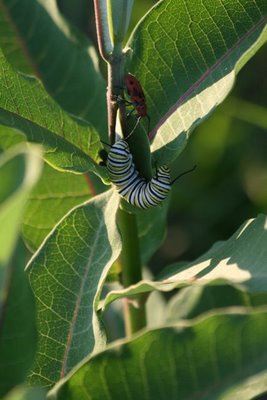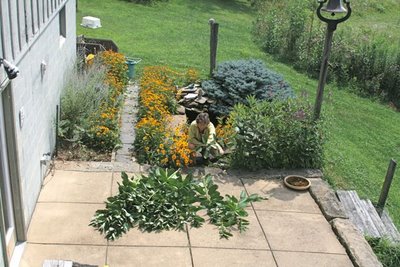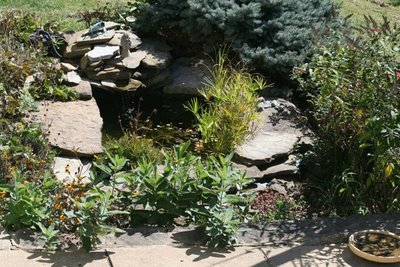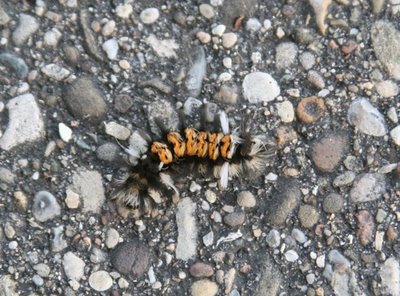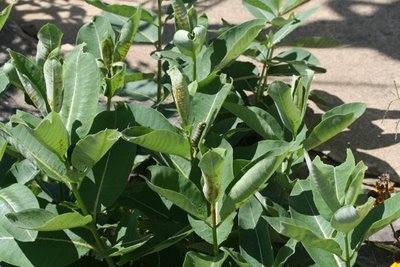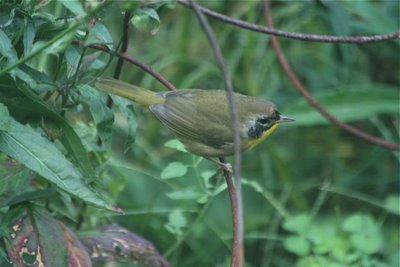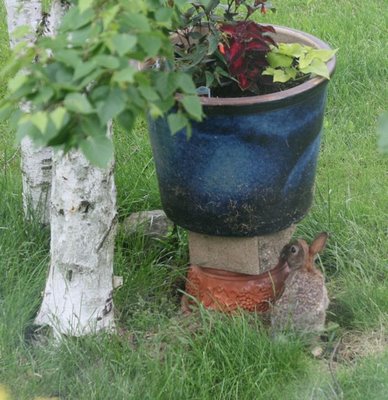Cash for Clunkers: Zick Takes the Bait
 Photo by Phoebe Linnea Thompson. Last caress for the old car. We're on our way to the car abbatoir.
Photo by Phoebe Linnea Thompson. Last caress for the old car. We're on our way to the car abbatoir.
I'll be on National Public Radio's All Things Considered this afternoon, between 5:30 and 6 pm Eastern time, talking about trading in my faithful, 14-year-old, 14 mpg Ford Exploder for a sleek green beauty of a Subaru Forester. Here's the text of the piece:
As of 8 pm tonight, the Cash for Clunkers program will grind to a halt. An estimated 600,000 low-mileage cars will have been traded in; the three billion dollars allocated for owner trade-ins guzzled down like gas in an oversized SUV’s tank.
That Ford carried me to the hospital twice when I was in labor. We strapped our new babies into its back seat, fumbling with the buckles and straps. Both kids grew up in it, and the slow and steady rain of Cheerios gave over to Nerds and bubble gum, and an orange DumDum embedded in the back carpet, stick pointing up. School papers and Matchbox racers and hairbobs accumulated under the seats; stickers appeared on the windows where I wouldn’t have put them myself.
There were bumper stickers from Maine to North Dakota. There was Give Turtles a Brake! There were dog stickers and flower power daisies and Life is Good stickers and during the 2008 election there were some pointed ones that got me more than a few hairy eyeballs from other drivers, maybe even a ticket or two.
Mice lived in it off and on, including one mama mouse who had the bad judgement to make a big fluffy nest and have her babies in the false fabric ceiling, which was a tenable plan until I drove the car and parked it in the sun. It took a month for me to find the nest. You can imagine. The half-gallon of milk that tipped over and leaked one summer day didn’t help. Neither did the chicken that rolled out of a grocery bag and festered quietly in the cargo area for a week until a small flock of vultures circling low told me there was something of interest in my garage. I didn’t drive it very often, just when I needed to.
It broke down on me only once, and that was just a dead fuel pump, in a parking lot only three blocks from my husband’s office. That car took care of me. And so, between the memories and the stickers and the mingled smells and the familiar, dependable roar of its engine, it became part of our family. I would drive it until it fell apart.
Until Cash for Clunkers. Until it hit me that nobody was going to walk up and offer me $4,500 for the MouseMobile, ever. And I began to see the wisdom of starting over with a new car, no, the heady, intoxicating appeal of it. I struck the Cash for Clunkers lure like a hungry bass.
But the thought of having a dealer fill its good heart with goo and rev the engine to death; of crushing its still strong if rusty body, broke my heart. It seemed so unnecessary. Couldn’t they give it to someone who needed a car? Couldn’t we not kill it, and say we did? I felt like a heel, a faithless, thankless creep, and twice I had to pull over and bawl for awhile at the thought of condemning a perfectly good car to such a violent death.
When I finally closed the deal on my new car, I asked the dealer to leave the Ford on the lot for awhile, not to lead it into the back pasture until after I was out of sight. He chuckled. "People get attached. They do!" I sat quietly in it for one last time, breathing its many aromas. I looked at its stickered rump in my fancy new auto-dimming rear view mirror with compass, stepped on the gas and headed home.
Last look at the Explorer, waiting to be junked. Oh, I can't bear it.
The sleek new beauty, a 2010 Subaru Forester. I know, it's the same color as the old one. I''m comfortable with green.
 If you would like to hear the commentary, click here.
If you would like to hear the commentary, click here.
And if you do go to listen, please hit Recommend, and leave a comment? I'd appreciate it, NPR would appreciate it, and good Web action helps me get aired the next time!
Labels: Cash for Clunkers, Ford Explorer, Subaru Forester XT Premium, Zick on NPR, Zick's new car



